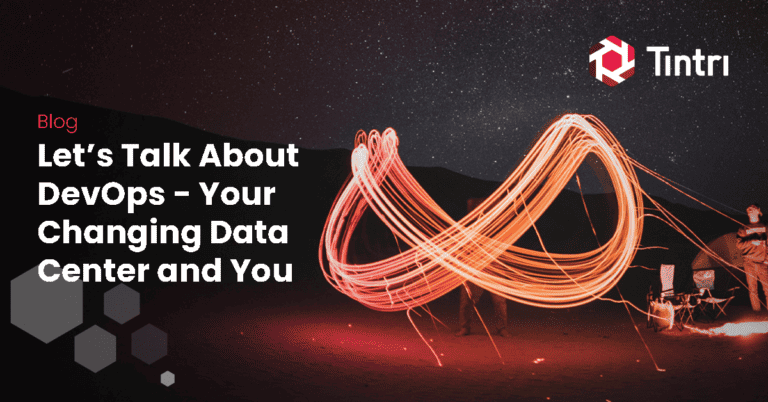- KEY TAKEAWAYS
- Enterprise cloud delivers public cloud agility tailored to the needs of the enterprise.
- Traditional enterprise applications are supported on equal footing with cloud-native applications.
- On-premises, service provider, and public cloud delivery are supported with integration between different models.
What Is Enterprise Cloud?
In the simplest terms, enterprise cloud is cloud infrastructure designed to deliver the same agility as the public cloud, but in the enterprise data center. Tintri’s definition of enterprise cloud is pictured in the figure above.
Cloud Pillars
At the top are familiar cloud pillars as defined by the National Institute of Standards (NIST): self-service, elasticity, resource pooling, and so on. Enterprise cloud must provide all of these. You’ll hear more about how Tintri satisfies many of these requirements in future blog posts.
Enterprise and Cloud-Native Applications
The second layer of the model is where enterprise cloud begins to differentiate itself. An enterprise cloud must be able to run both traditional enterprise applications and cloud-native applications efficiently.
Enterprise applications are mostly preexisting applications written in a style that makes assumptions about the underlying infrastructure on which the application runs. For instance, enterprise applications often run in a virtual environment such as VMware or Hyper-V. They also frequently expect that data protection, disaster recovery, and other services will be provided external to the application. Examples of enterprise applications include both in-house-developed applications as well as common applications such as Exchange, SQL Server, Oracle, and so on.
Cloud-native applications are typically built from scratch to run in a cloud environment such as AWS or Azure. Examples might include mobile applications and customer-facing web applications. These applications are designed to be highly scalable and written in a way that doesn’t assume much about the underlying infrastructure.
To make this clear, an enterprise cloud must provide the infrastructure and services needed by traditional enterprise applications while also providing the ability to run new cloud-native applications. While it is often possible to run enterprise applications in a public cloud, all the underlying capabilities the application needs may not be present. In addition, enterprise applications tend to be less elastic, so they can be expensive to run in public cloud due to continuous resource consumption.
Multiple Delivery Models
It’s probably becoming clear that enterprise cloud does not have a singular definition. Every enterprise will employ a variety of models according to individual need—a combination of private data center, public cloud, and outsourced service providers. And so, being able to integrate between on-premises data centers, service providers, and the public cloud is a key element of enterprise cloud.
Tintri and Enterprise Cloud
Tintri satisfies enterprise cloud requirements with storage infrastructure for on-premises data centers and service providers as well as integration with public cloud services. The Tintri Enterprise Cloud platform delivers public cloud agility inside your four walls.
Tintri helps enterprises manage storage more effectively and do more with less. I recently met with a Fortune 1000 Tintri customer that is now managing almost 4PB of data across eight data centers with just four person hours per week—while adding 100K new VMs per month. And a highly successful service provider grew its business 20x while only growing storage 4x and actually reducing management time with Tintri.
Future posts will look more deeply into Tintri enterprise cloud technologies that are enabling these breakthroughs. Next time, I’ll explore Tintri’s web services architecture, which delivers building blocks similar to the public cloud.
One of the perks of being Tintri’s CTO is that I get to spend a lot of time with customers and partners learning what you’re doing with Tintri technology and finding out firsthand what matters to you. Lately, many of those conversations have centered on the topic of enterprise cloud.





